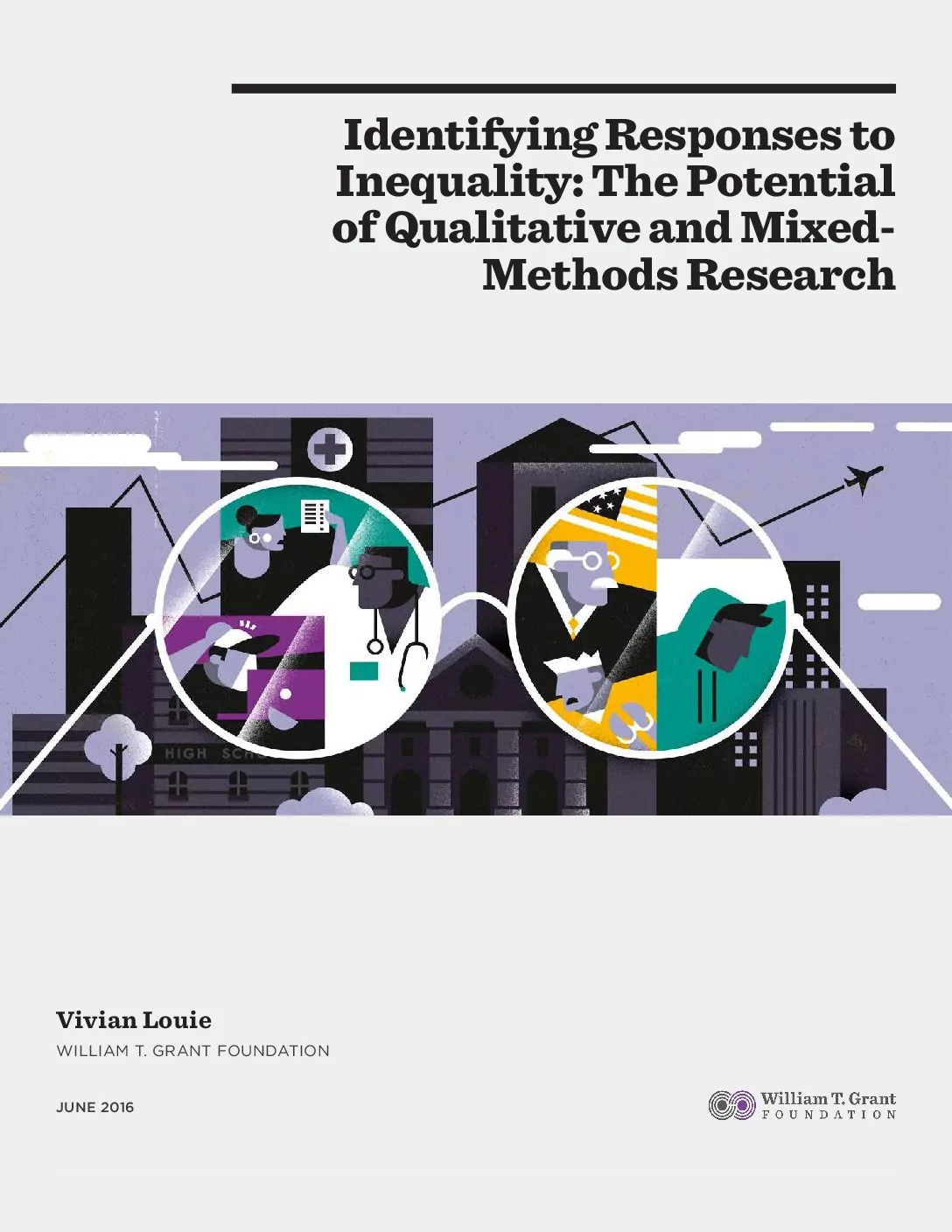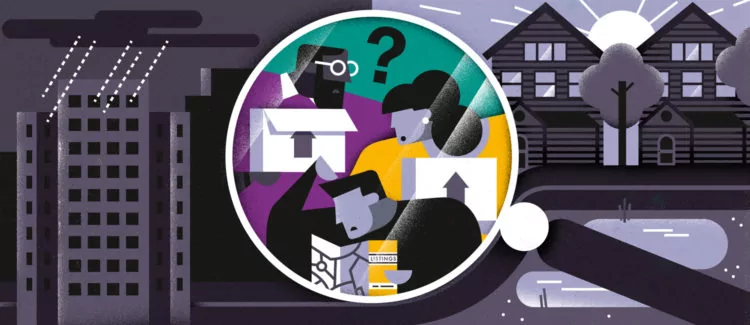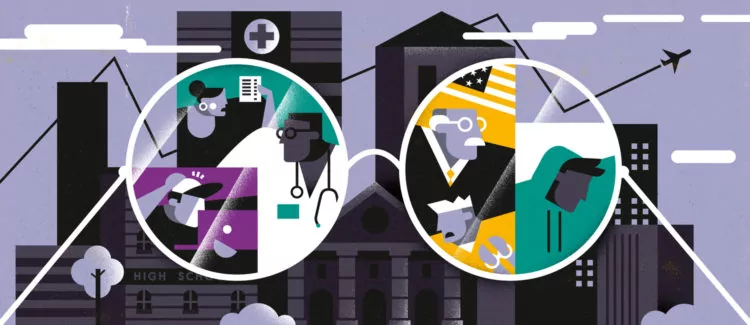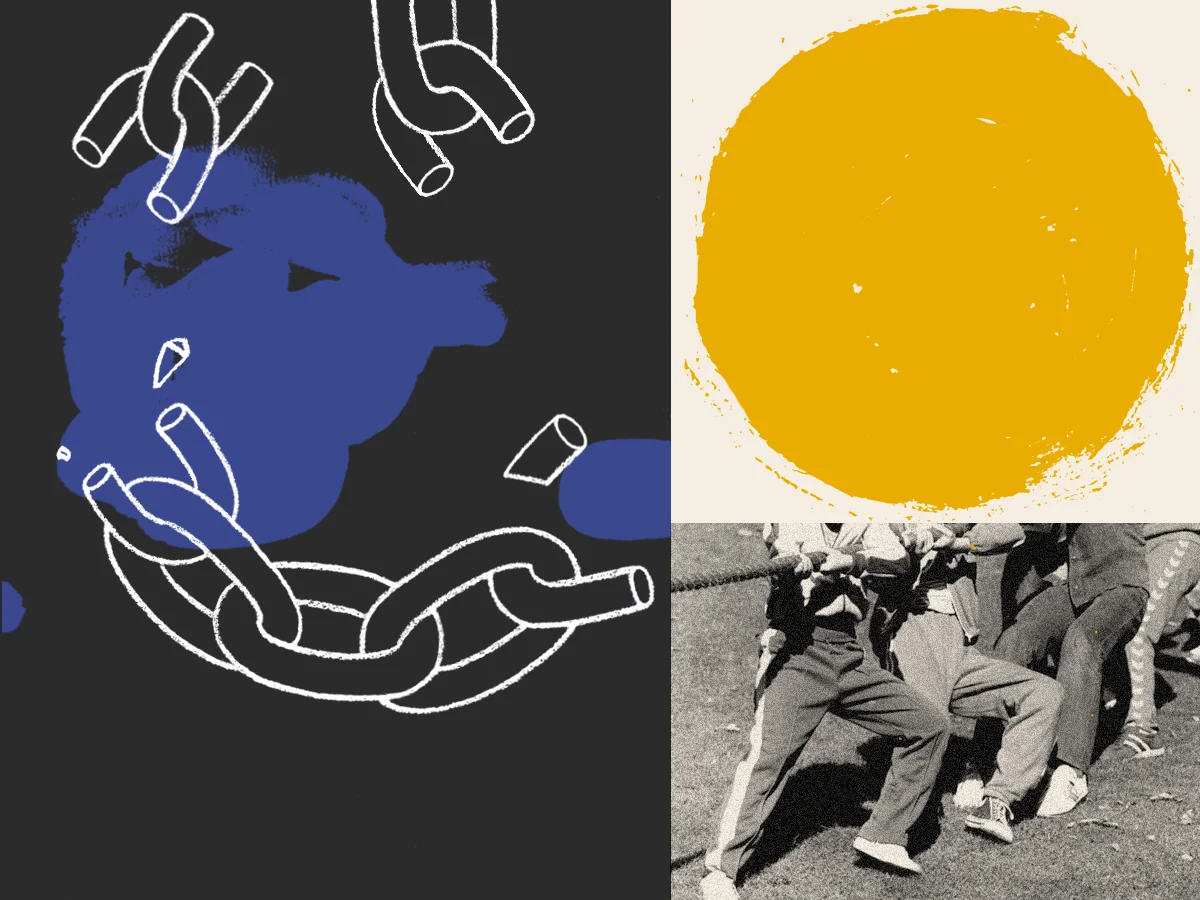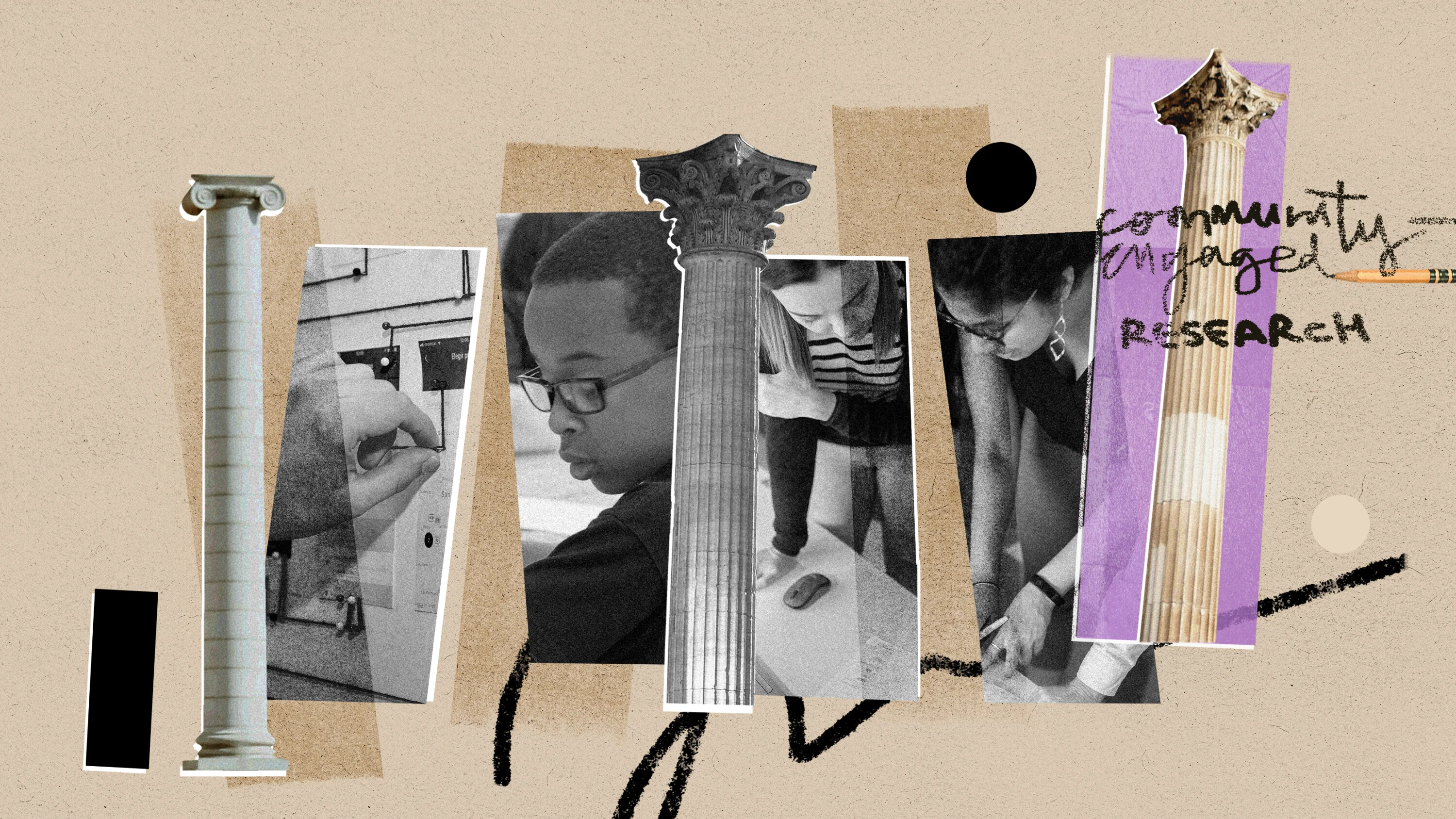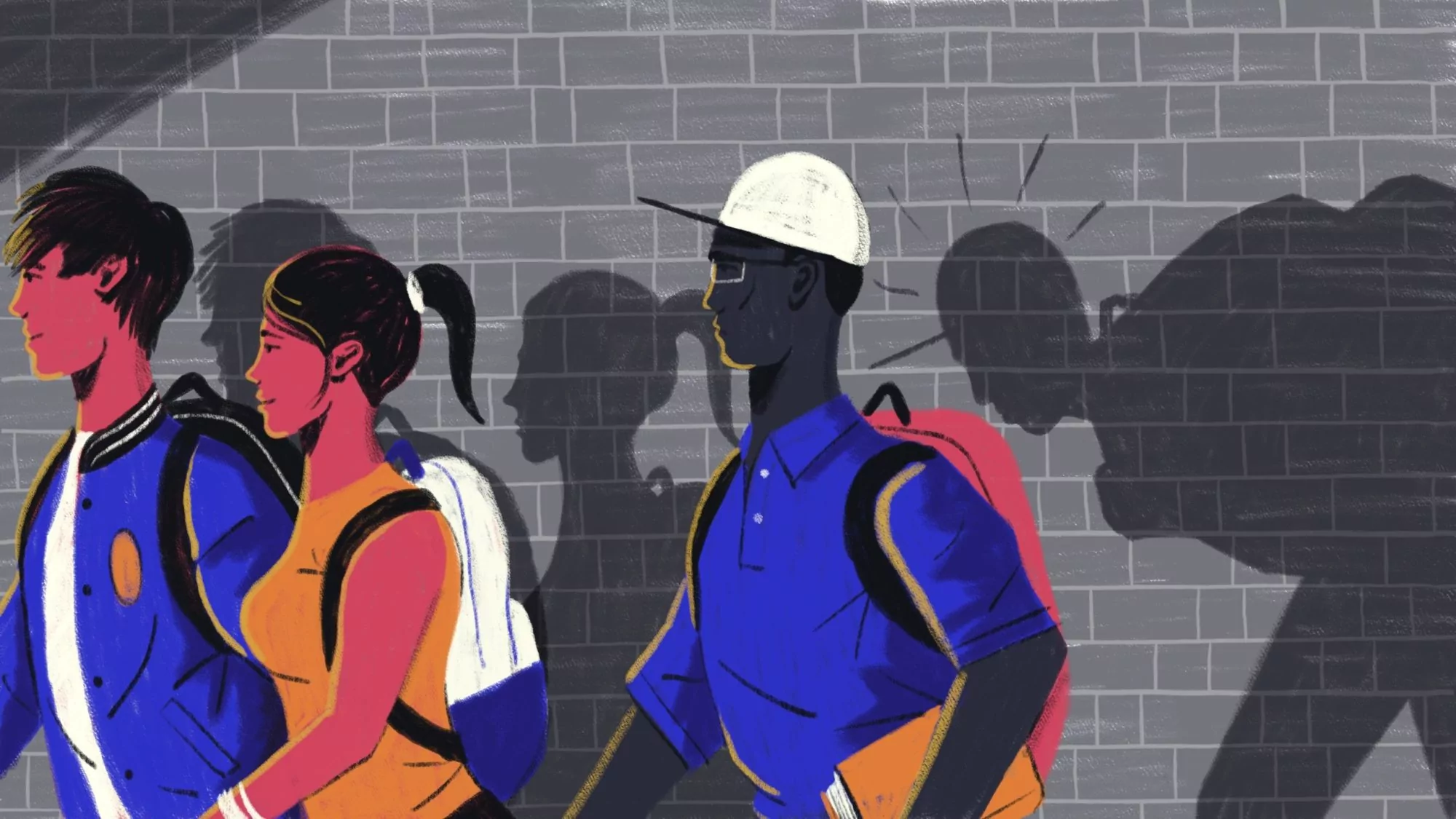Our reducing inequality initiative centers on identifying effective strategies for responding to inequality. A major part of this focus is building understanding of how and why particular strategies might be effective. One area of inquiry that is essential to building this understanding is the social processes that involve interactions between individuals, or between an individual and her or his context.
Social processes in educational achievement gaps
For instance, many policymakers, practitioners, and researchers are focused on educational achievement gaps, or disparities in grades, test scores, and course content, across groups of students. One question that arises from this focus is how schools may provide the same chances to learn for all students and, in the process, reduce achievement gaps by race, ethnicity, and/or income. Such gaps may exist because a school does in fact offer unequal learning opportunities for students based on the students’ “different backgrounds, resources, and dispositions.” Consequently, the development of effective strategies to reduce achievement gaps would depend, in part, on knowledge of how and why different students get different opportunities. Furthermore, it would depend on how students understand the information they receive, identify good prospects, and make the best decisions for themselves.
It makes sense for the students to adopt the mask of toughness as a strategy to navigate and survive the low-income communities in which they live.
To unpack questions related to the achievement gap, Prudence Carter interviewed low-income African American and Latino adolescents living near New York City. She found that the cultural practices of some youth (for instance, wearing a “hooded sweatshirt” and frequently speaking “black vernacular dialect”) was seen by them as being at odds with how teachers saw a motivated learner (for instance, wearing Eddie Bauer and not using slang). This perceived disconnect, Carter wrote, “facilitates the students’ limited attachment to school and their academic disengagement.” The youth believed that they were not seen by teachers as motivated learners. But context is critical here. It makes sense for the African-American and Latino young men to adopt a certain façade—a mask of toughness—as a strategy to navigate the low-income communities in which they live. These are places where an “underground economy” has emerged in the wake of the widespread disappearance of work in the formal labor market.
Drawing on what she learned from interviewing the youth and visiting their neighborhoods, Carter advises teachers and school officials to reach out to youth across the cultural divide.
But a mask of toughness, which makes sense in neighborhoods—where unemployment was high and gang fights were frequent—does not make sense in the schools the boys attend and the service jobs they hope to get. In the latter contexts, a tough posture comes across to teachers and potential employers as threatening. Drawing on what she learned from interviewing the youth and visiting their neighborhoods, Carter advises teachers and school officials to reach out to youth across the cultural divide. But they do not have to do this alone. Rather, they should draw on the help of those youth who can successfully straddle multiple cultural worlds. In doing so, the adults can expand their perception of what a motivated learner is, and, in the process, facilitate entrée to advanced courses and other opportunities for students from a wide range of self-representations.
Social processes in workforce outcomes and opportunities
Another example of the importance of understanding social processes concerns the question of how social networks and relationships can shape employment experiences and outcomes, especially for young people. How can workplace networks provide similar types of information to employees in the early stages of their careers as a means to reduce unequal outcomes? The people one knows and the types of information they share can impact how well one fares in life. But not all networks are the same in terms of the individuals they comprise or the usefulness of the information shared. Young people, for instance, may obtain access to different, and often, unequal information, and this can have unequal material consequences. If the economy remains robust, the retirement of the white baby boomers, particularly men, should open up room in top leadership positions for highly-educated women and minorities. But qualitative research has signaled that the road to the top begins early in the career pipeline and might be much bumpier than one might assume.
Margaret Chin’s interviews with Asian American professionals in the corporate world expose some of the potential roadblocks. Demonstrating that one is an academic striver, a strategy that works well in high school and college, does not necessarily have the same payoff in the workplace, where the rules are less clear-cut and often involve more than skills and talent alone. A key advantage in the workplace is showing that you are a “cultural fit” with the executives in charge. For the individuals in Chin’s study, however, this was not necessarily an easy or even visible task.
The professionals, born or raised in the United States, were from immigrant families and had grown up in immigrant homes. Many from middle-class immigrant family backgrounds were the first in their families to work in the corporate world (their parents were more often employed in science, accounting, research, or engineering fields). These professionals were entering a new world with unfamiliar rules. They had to learn the value of making small talk, networking, and deciphering the unspoken rules of the corporate world, including which assignments were important to have and how to manage one’s professional image. Having mentors and colleagues who could guide them proved critical. Oftentimes, these relationships and resources were provided through diversity or affirmative action programs.
Attention to these processes requires thoughtful interviewing and observations in workplaces, as well as informal gatherings where connections are made and relationships sustained. While quantitative studies can investigate whether social networks contribute to promotion and to what degree, qualitative studies can illustrate how network membership is decided, as well as how knowledge is transmitted through these networks. In this example, which focuses on effective responses to inequality in workforce opportunities and outcomes, we would need to know how and why different people get different opportunities, and in what ways these factors shape outcomes.
Social capital and the processes of social exclusion
Both the above examples involve social capital, or the information we obtain from the people we know and understanding how to successfully apply this information. But reducing inequality through social capital is not just about having access to helpful resources. The process is more complex than that, as we can see when considering the case of people living in poverty.
In a 2015 essay, sociologists Linda Burton and Whitney Welsh point out that people living below the poverty line might not trust the gatekeepers of those resources or the institutions where they work. Despite much of the research on poverty in the United States, we still lack a nuanced understanding of different levels of poverty. But ethnographic work, for instance, can help us better understand poor people’s “everyday community, social, work, and familial life,” and their subjective understandings of their social position and how they respond to it. It is critical to understand the everyday disconnects between poor families and institutions providing valuable resources because they can have important consequences for the lives of youth. For example, family members might not know about high quality, nearby youth programs, and how to enroll their children; or if they do, they still might not enroll their children (and if this is the case, researchers should examine why). In either scenario, the youth miss out on an opportunity that could help them do better in school and further develop socio-emotional skills.
Qualitative work could examine how and why these families do not engage with the programs that represent a potentially beneficial resource. This is precisely the kind of information that is necessary to develop effective policies to reduce economic inequality for people living below the poverty line. We need to know the starting point for individuals in order to craft meaningful institutional interactions that involve them.
A quantitative study certainly can indicate whether othering exists, and the extent of it—but qualitative research can unearth how it feels to be othered.
Burton and Welsh make the critical point that if poverty interventions do not consider the social exclusion that shapes the lives of poor people, they are unlikely to be successful. This is because social exclusion “is not just a situation, but a process….” This process takes several generic forms. Othering, for example, happens when particular groups of people are seen as “different or inferior,” and thus are not appreciated as full members of a society. Oppressive othering identifies groups with fewer advantages as “morally or intellectually deficient.” This is illustrated, for instance, in the belief that the poor are poor because they deserve to be. Implicit othering associates the advantages of a successful group to positive group-based features and implies that less successful groups do not have those traits. An example of implicit othering would be the statement that Asian Americans do well because they work hard and do not complain. The implicit message to fellow non-White minority groups is “why can’t you just do the same?” Defensive othering involves the mechanisms used by individuals to cope with being negatively stigmatized; this can include people using the dominant language of othering to distance themselves from fellow individuals cast at society’s margins—i.e., “I’m not like them.”
Another coping mechanism for a disadvantaged group is to behave and strategize in ways that “inadvertently perpetuate the existing social hierarchy” and their place within it. This is called subordinate adaptation. Boundary maintenance refers to the actions taken by the dominant group to retain their status by limiting others’ access to crucial resources, such as well-resourced, safe neighborhoods with high-quality schools. Finally, emotion management describes the ways that individuals, who are well-aware of their marginalization, have to navigate and reconcile their own emotions about their circumstances and experiences. In addition to these social processes is the effect of public discourse that argues non-dominant groups do not exercise enough personal responsibility to have improved lives and access to power, and generally, minimizes their interests.
Responding to the social processes of exclusion
To return to the example of people living in poverty, the sum consequences of all of the above contribute to and characterize the social exclusion experienced by the poor. As daunting as this reality is, the effects of such processes can be countered. A quantitative study certainly can indicate whether othering occurs in a given environment, and the extent of it, but qualitative research can unearth how it feels to experience one of these processes, and how this experience might affect one’s everyday social interactions, including developing trust in institutions and people who might be in a position to help. As an example, Burton and Welsh point to sociologist Mario Small’s organizational analysis of childcare centers. The ethnographic portion of Small’s analysis reveals that it is not enough to have well-resourced institutions in poor neighborhoods. What matters is that people actually use those institutions. A policy strategy that solely involves getting people into the institution is still not enough, as it does not take into account the barriers that exist when people of different social statuses— poor mothers and childcare center staff, in Small’s example—actually come together.
Small explicitly highlights the kinds of information enabled by his mixed-methods design, and the ways in which they contribute to a richer base of knowledge on how to reduce inequalities. He drew on two quantitative datasets, the Fragile Families and Child Wellbeing Study, a national panel survey of about 3,500 mothers whose children were born 1998-2000, and the Childcare Centers and Families Survey of about “300 centers randomly sampled in New York City in 2004.” With the quantitative surveys, Small was able to test whether “childcare center participation is associated with larger networks and greater wellbeing,” and assess hypotheses derived from the qualitative work , which drew from interviews mainly conducted with 67 mothers, and case studies of 23 centers in New York City. Through these methods, Small uncovered the organizational practices that allowed the childcare centers to acquire useful information and build trust over time between staff and the mothers—the latter of which was critical to the mothers’ use of information that had been transmitted to them. With the interviews, Small was able to see “how ties are formed, what types of ties these are, how trust and obligations operate, and how useful the connections truly are for those purported to benefit from them.”
In order for social exclusion to be countered, two crucial pieces had to be present. First, the leaders of the childcare centers took advantage of opportunities to broker “ties to other organizations and resources.” Through these ties, the leaders brought into the centers information that would be useful to the mothers, including information about free meals and toys, free or discounted tickets to cultural events, housing and schools, and direct services, like free dental and health care for the children. Second, the mothers paid many visits to the centers over a lengthy period of time. In these settings, which were non-competitive—another plus—the mothers had numerous interactions with the childcare providers. And most importantly, these interactions forged positive emotional bonds between the staff, who drew on the standards of their professional training to identify with the mothers, as well as the mothers themselves. Trust is a two-way street. Given the reciprocal trust that developed, the possibilities for social processes of exclusion faded into the background, and the task of working together to care for the children came into the foreground.
This work provides a compelling point of departure for the next stage of research to reduce inequality. For instance, researchers might seek to investigate how the organizational practices highlighted by Small’s study could be developed and implemented. As Burton and Welsh suggest, we need to “consider what types of discourse, micro processes, and social interactions are occurring on the ground level in peoples’ everyday lives that are inhibiting a more profound reduction in poverty.” The clarion call of our reducing inequality initiative is for researchers to do the kind of nuanced work that will get us there.

